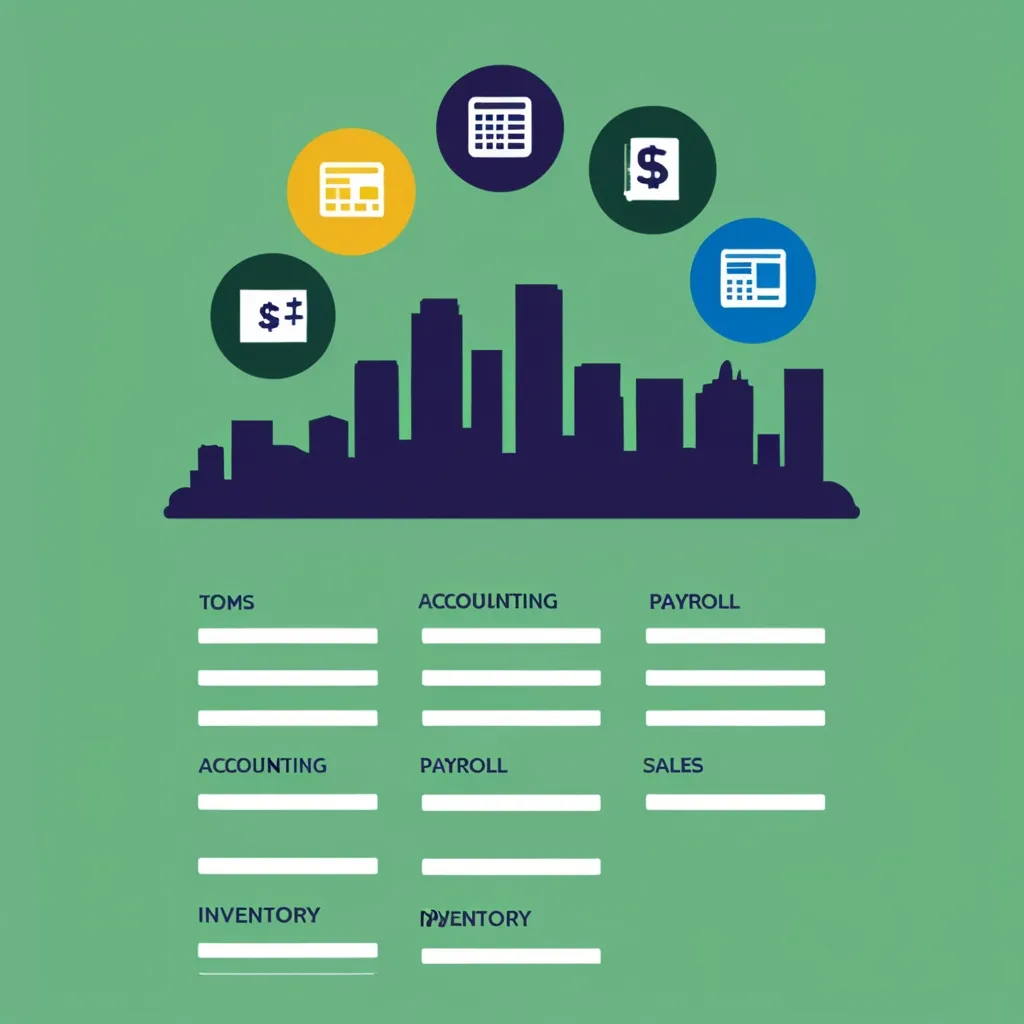Unlocking Effortless Efficiency: The Power of Workflow Modularization
In today’s fast-paced business world, finding ways to streamline operations and boost productivity is crucial. One strategy that’s been gaining traction is workflow modularization. It’s not just another fancy term - it’s a game-changer that can transform how businesses operate.
So, what exactly is workflow modularization? Simply put, it’s breaking down complex processes into smaller, independent modules. Each module focuses on a specific task, making the whole system easier to manage and maintain. It’s like turning a giant, unwieldy machine into a set of interconnected, easy-to-handle parts.
Let’s dive into why this approach is so powerful. First off, it’s incredibly scalable. As your business grows and evolves, you can easily add new processes without messing up what’s already working. It’s like adding new Lego blocks to your existing structure - they just snap right in.
Maintenance becomes a breeze too. When everything’s broken down into smaller parts, making changes is much less daunting. Need to tweak some text or add a new step? No problem. You’re just dealing with one small piece of the puzzle, not the whole picture. And if something goes wrong? You only need to fix that one part, not the entire system. It’s like being able to replace a faulty car part without having to overhaul the entire engine.
This approach is also great for teamwork. When new people join your team or take over a project, they can quickly get up to speed. Each module is like a self-contained unit, easy to understand and work with. It’s like handing someone a manual for just one part of a machine, rather than expecting them to understand the whole complex system at once.
But here’s the thing - to really make the most of modular workflows, you need to get serious about data. It’s all about standardizing how you collect, analyze, and report information. Without this visibility, you’re flying blind. You need to be able to see what’s working and what’s not.
Think of it like a dashboard in a car. You want to be able to see your speed, fuel level, and any warning lights at a glance. In the business world, this might mean having real-time reports on errors, gains, and ROI. This kind of info is gold when you’re trying to make a case for investing in new tech or processes.
Now, if you’re thinking about implementing this approach, start small. Don’t try to overhaul everything at once. Pick a few key workflows, build them for scale, and then automate them across your organization. It’s like starting a fitness routine - you don’t run a marathon on day one. You build up to it.
Before you dive in, take a good hard look at your current processes. Map them out, identify where things could be improved, and envision what your ideal workflow would look like. It’s like planning a road trip - you need to know where you’re starting from and where you want to end up before you can figure out the best route.
Automation is a big part of this whole process. There are tons of tools out there that can take repetitive tasks off your team’s plate. Things like data entry, sending out notifications, or getting approvals can all be automated. This frees up your team to focus on the stuff that really needs human brainpower.
Communication is key in all of this. Make sure everyone’s on the same page about how these new workflows work. Invest in good communication tools and training. It’s like making sure everyone in an orchestra knows the score and can play their part in harmony.
Remember, this isn’t just about tech - it’s about people too. Change can be tough, so you need to show your team how this new approach will make their lives easier. Maybe data analysts will get better insights, or content creators will have more time for creative work. Find the personal benefits for each team member.
When you’re setting up your modular workflow, organization is crucial. Use tags and metadata to help people find what they need quickly. Set clear rules about how different modules can be used together. It’s like having a well-organized toolbox - you want to be able to find the right tool quickly and know how to use it properly.
Let’s look at a real-world example. Imagine you’re running a marketing campaign. Instead of having one big, complicated process, you break it down into modules: content creation, review, approval, and distribution. Each of these can be managed separately, making the whole campaign more flexible and easier to handle.
The benefits of this approach are huge. Your team will have more time for important tasks instead of getting bogged down in manual data entry. You’ll save money through improved efficiency. Your employees will be happier because their work is streamlined and less frustrating. You’ll have better data to make decisions with. And collaboration will improve as bottlenecks are identified and fixed more easily.
In the end, workflow modularization is about transforming how you work. It makes your processes more resilient and effective, whether you’re a small startup or a large corporation. In a world where things change fast, this kind of agility is priceless.
So, next time you’re looking at your workflows and feeling overwhelmed, remember the power of breaking things down into modules. It could be the key to unlocking a whole new level of efficiency in your organization. After all, in the world of business, working smarter, not harder, is the name of the game.






